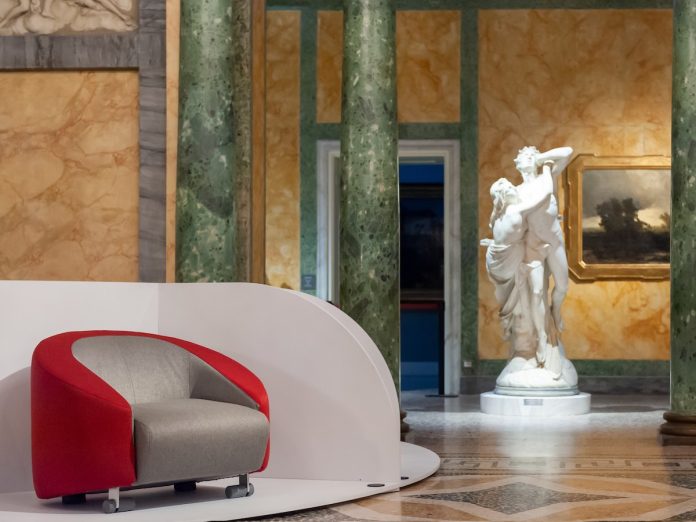Utopian, visionary, even with leanings towards sci-fi: the design of Joe Colombo – whose true given name was Cesare – always had its eye on the future, though he never had a chance to see what was to come (he died in 1971, when he was just 41 years old).
Over 50 years after his passing, however, the imaginative flair and versatile ingenuity of this ‘Italian design prophet’ live on, in projects that are still very innovative today, based on a combined passion for architecture and mechanics.
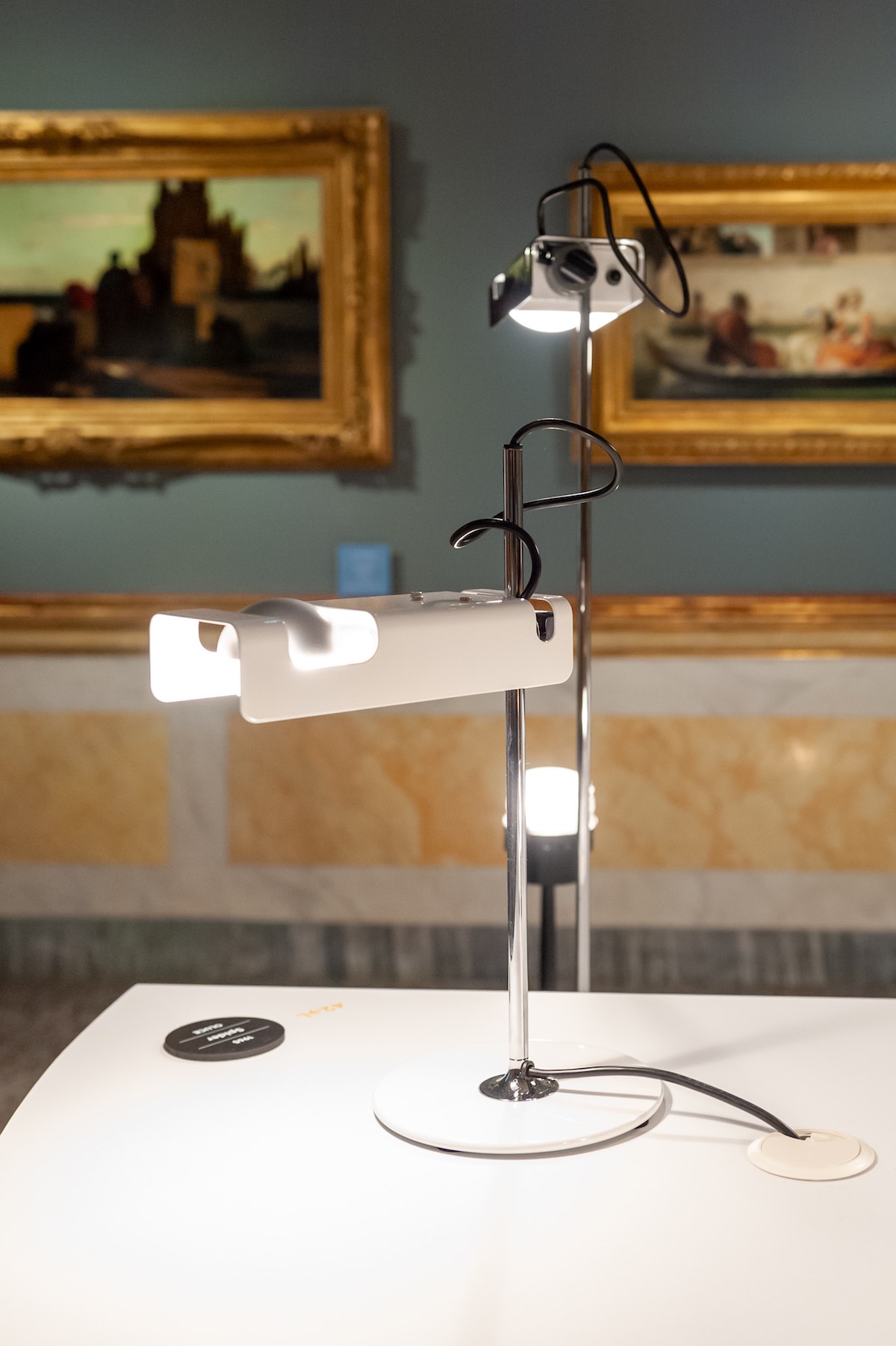
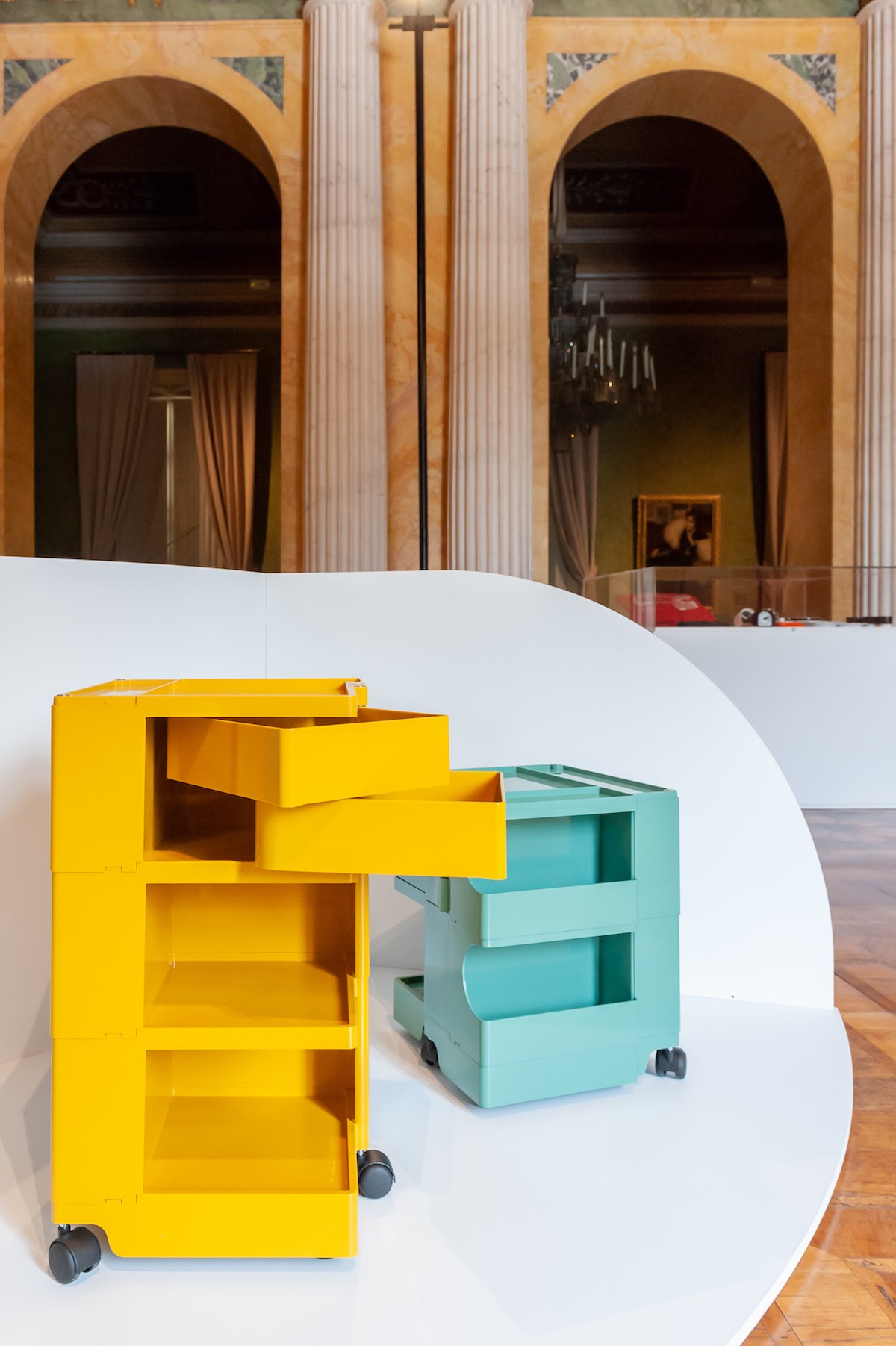
The most striking example of his innate modernity is the MiniKitchen by Boffi (1963), a compact, transportable unit on wheels, which in just one square meter contains all the functions of conservation, washing, cooking and storage of foods.
So it is no coincidence that the exhibition on view until 4 September 2022 in the spaces of the Galleria d’Arte Moderna in Milan (Via Palestro 16), curated by Ignazia Favata and organized by Suazes with Galleria d’Arte Moderna di Milano and the Joe Colombo archives, is clearly titled: Caro Joe Colombo, ci hai insegnato il futuro (“Dear Joe Colombo, you taught us about the future”).
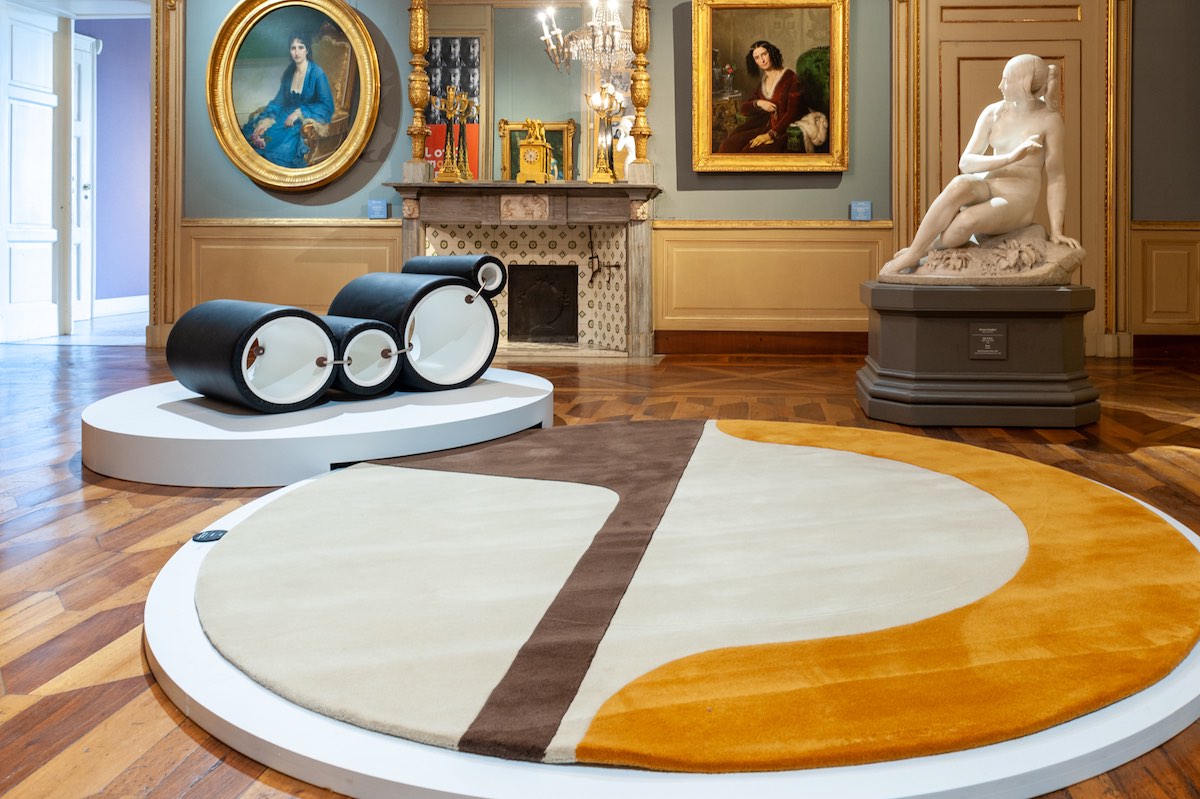
The central focus is the evolution of his story and the constant interest in new forms of progress. All the objects by Joe Colombo can be considered ‘contemporary’ still today, in terms of function, technology and image. They respond to the needs of our current habitat, the desire for transformation and mobility, and they really do exploit every available space as fully as possible. As in the case of the Living Bed by Bernini (1971), where a system of reclining and sliding platforms can be transformed for changing needs.
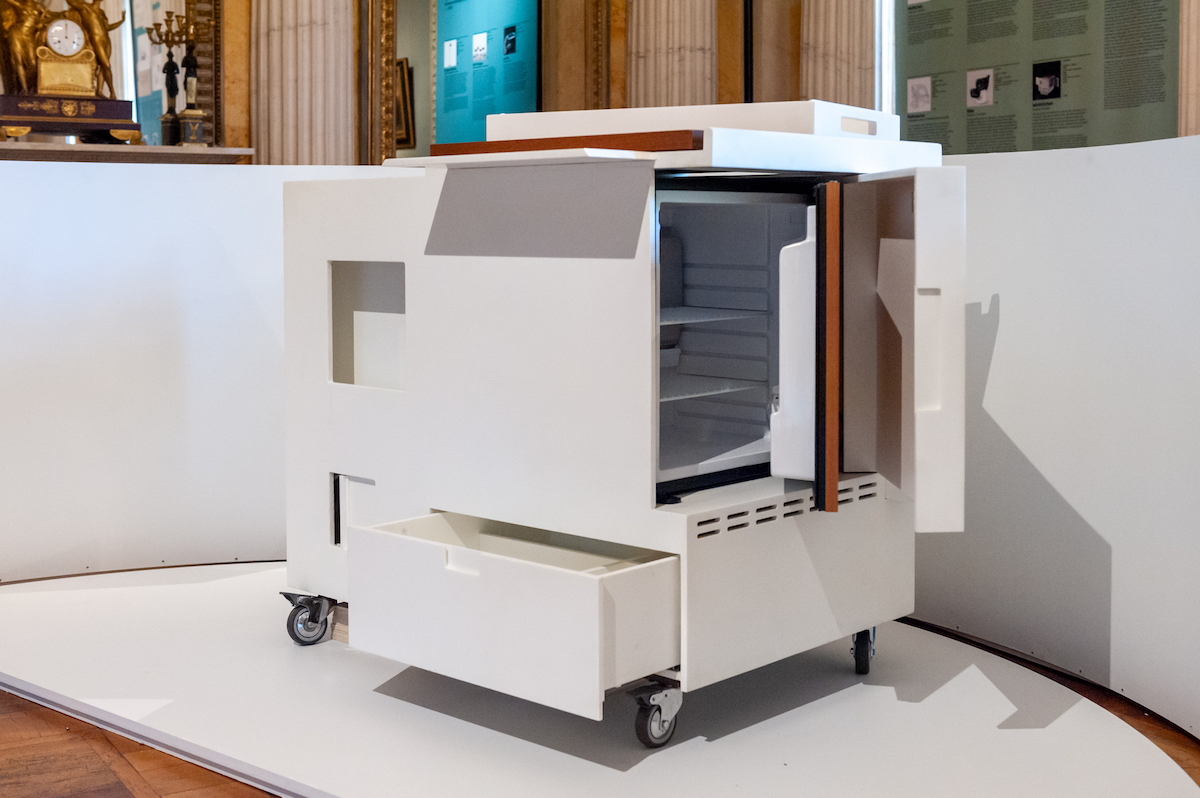
The exhibition path moves from the first experiences in the 1950s, with the participation in the group Movimento Arte Nucleare, and the design of the ‘Nuclear City’ (a residential city with an underground level for cars, services, warehouses and a metro).
The 1960s began with the IN-ARCH prize for the suspended ceiling in methacrylate of the Albergo Continental at Platamona, Sardinia (1964), and the design of his first lamp, together with his brother Gianni, the Acrilica for Oluce, leading to a gold medal in 1964 at the 13th Milan Triennale. The company, which still has many pieces by Colombo in its catalogue, is one of the sponsors of the exhibition – another is TreP+, which has just reissued the Luce door by Colombo.
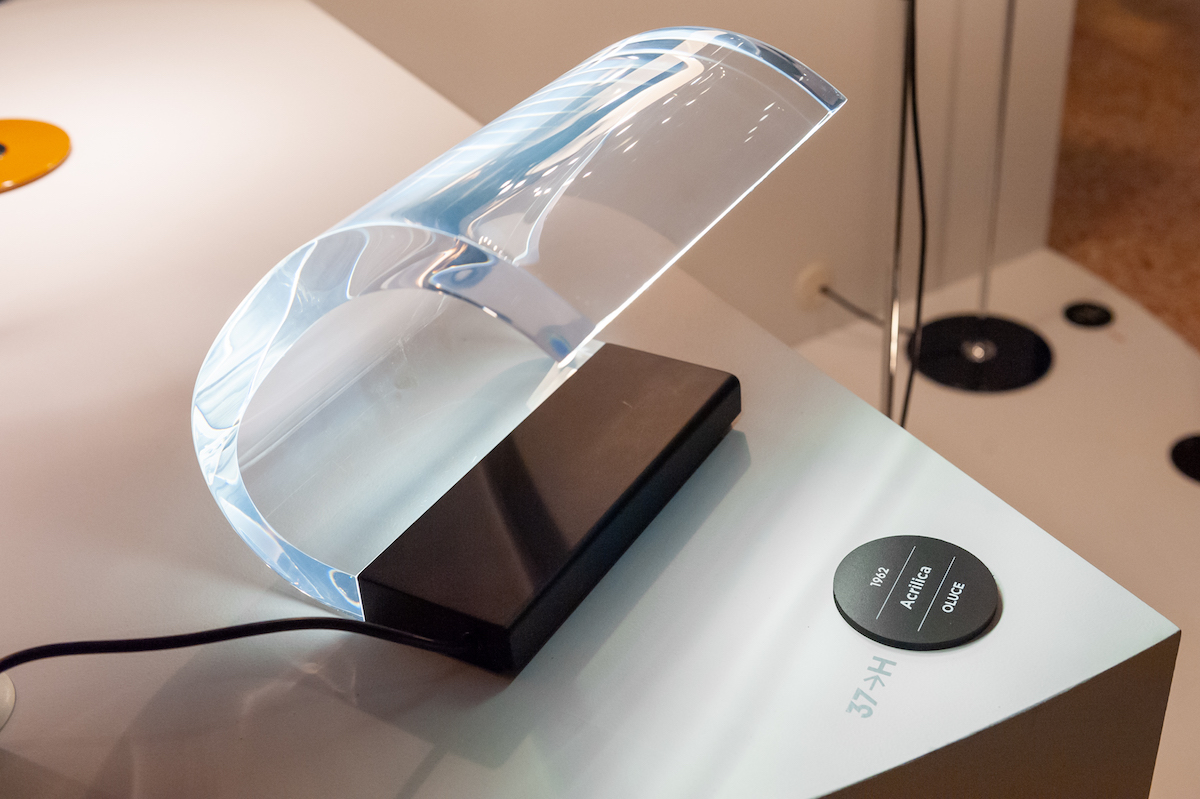
An exhibition that pays homage to the career and ideas of a visionary architect and designer, capable of foreseeing future developments not just in design, but also in technology and today’s society itself.
All images © Teo Finazzi

